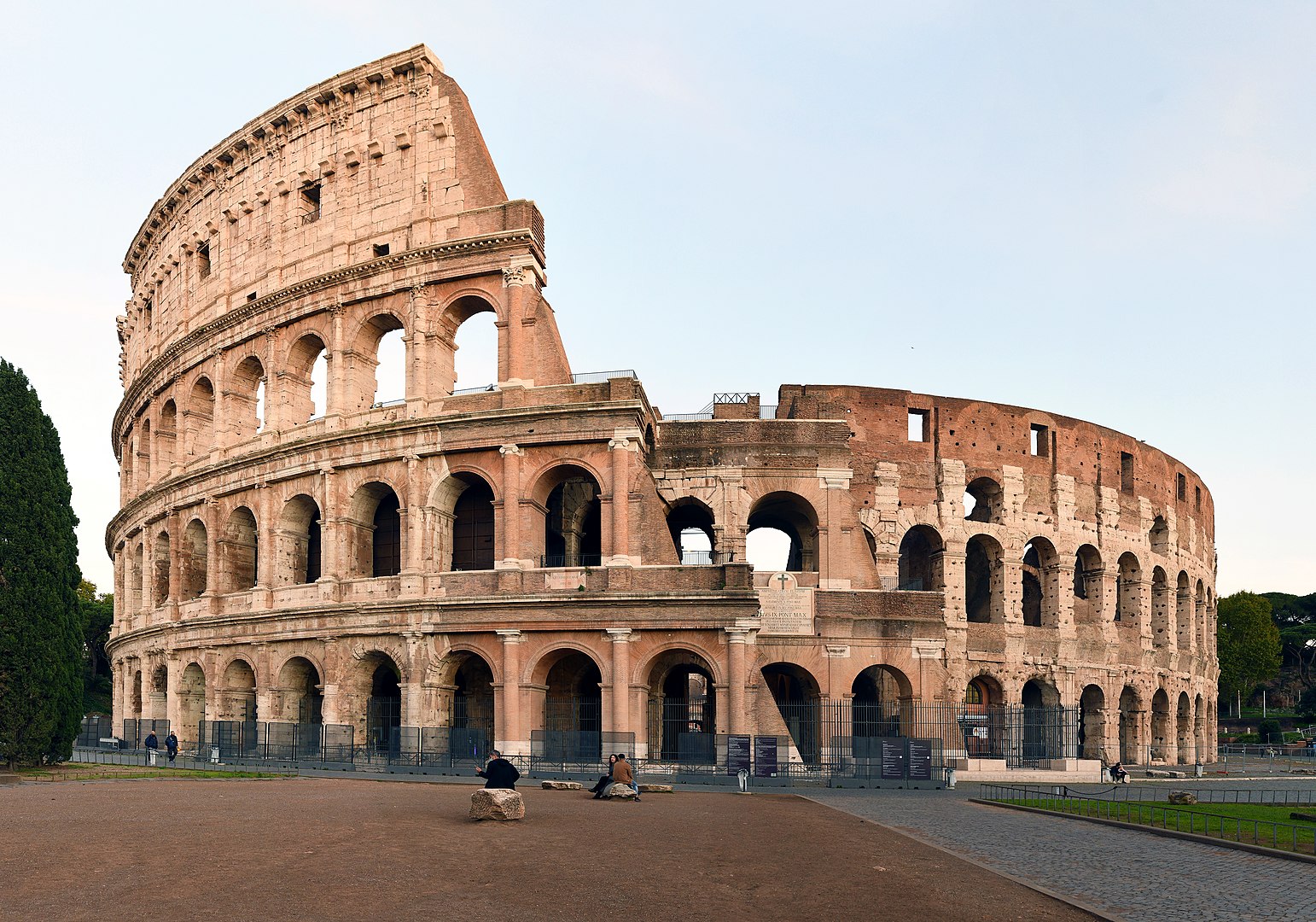For over two centuries, the Colosseum was the stage for thrilling gladiator battles, where thousands lost their lives. Gladiatorial combat evolved from mere slave fights to elaborate spectacles featuring trained fighters from different classes and backgrounds. Gladiators, often strong slaves or ambitious individuals seeking renown, were sponsored by wealthy families and equipped for combat. While these fights were less bloody than in earlier times, fatalities still occurred regularly.
For nearly four centuries, the Flavian Amphitheatre, also known as the Colosseum, served as a hub of entertainment. Within its walls, over 400,000 individuals met their demise, marking a somber aspect of its history. Additionally, approximately 1,000,000 animals perished within the Colosseum’s confines, further reflecting the scale of events hosted within its grand arena.
Executions during ancient times were often brutal and merciless, with some victims subjected to particularly gruesome methods such as the “damnatio ad bestias,” where they were thrown to wild animals. In other instances, mass executions would occur, resulting in the deaths of hundreds of individuals within a single day or week. These harrowing practices highlight the stark reality of the cruelty and violence that characterized certain periods of history.
About the Colosseum

The Colosseum, a magnificent structure, boasted an impressive design with 80 entrances and a seating capacity for around 50,000 spectators. People from all walks of life flocked to witness various thrilling events, including gladiatorial contests, wild animal hunts, and even simulated naval battles.
Inaugurated in 80 A.D. during the reign of Emperor Titus, the Colosseum’s grand opening festivities lasted an astounding 100 consecutive days. These games marked the beginning of a long-standing tradition that endured for centuries. Gladiatorial combat persisted within its walls until the fifth century, while animal hunts continued until the sixth century, captivating audiences with spectacle and drama.
Beneath the grand spectacle of the Colosseum lay a labyrinth of chambers and underground passages. These subterranean spaces served as holding areas for the ferocious animals and valiant gladiators awaiting their dramatic entrances into the arena above. Adding to the excitement, the arena featured an astonishing 36 trap doors strategically placed for dramatic special effects during the spectacles.
Despite enduring significant damage over the centuries, with two-thirds of its structure lost to vandalism, earthquakes, and fires, the Colosseum remains an iconic symbol of ancient Rome. Today, it is a testament to the city’s rich history. It draws in droves of tourists annually, eager to marvel at its awe-inspiring architecture and immerse themselves in its storied past.
Avid Writer with invaluable knowledge of Humanity!
Upcoming historian with over 30 million views online.
“You make your own life.”





